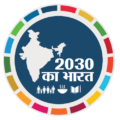I. Clean water and sanitization: Introduction
The Sustainable Development Goal 6 Clean water and sanitization aims to ensure the availability and sustainable management of water and sanitation for all. In India, this goal holds immense significance as the country grapples with challenges related to water scarcity, unequal distribution, and inadequate sanitation infrastructure.
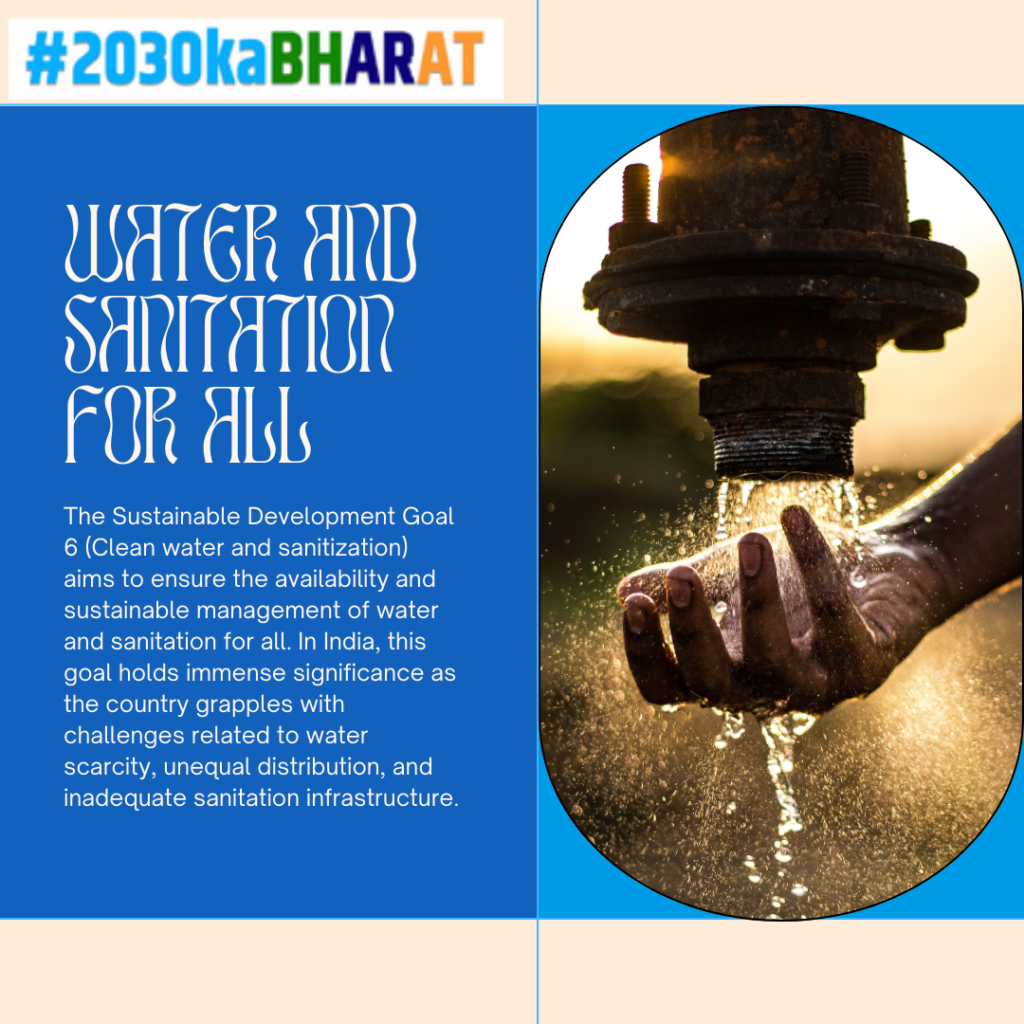
II. Current Water and Sanitation Scenario in India
A. Access to Clean Water Sources
India faces disparities in access to clean water between urban and rural areas. According to the NITI Aayog’s Composite Water Management Index (CWMI), by 2030, the country may face a water deficit of 50 percent.
B. Sanitation Facilities and Practices
Despite progress, open defecation remains an issue. The Swachh Bharat Mission has made strides in building toilet infrastructure, but challenges persist, particularly in remote areas.

III. Challenges in Achieving Clean water and sanitization in India
A. Water Scarcity and Distribution Challenges
Regional imbalances in water availability contribute to scarcity. The NITI Aayog’s CWMI highlights the critical situation, with states like Gujarat and Jharkhand facing high water stress.
B. Sanitation Challenges
Cultural and behavioral aspects, coupled with infrastructure gaps, pose challenges to achieving sanitation goals. The World Bank estimates that inadequate sanitation costs India over 6% of its GDP annually.
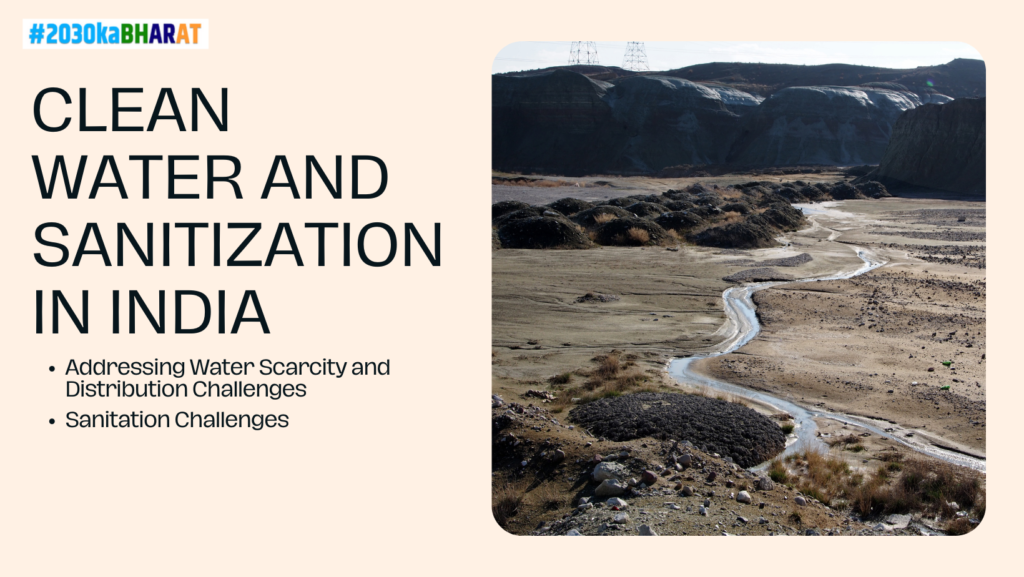
IV. Government Initiatives and Policies
A. Overview of National Water and Sanitation Policies
The Swachh Bharat Mission has been instrumental in promoting sanitation. The Jal Jeevan Mission focuses on providing tap water to every rural household by 2024, addressing the water scarcity issue.
B. Implementation Challenges and Successes
Community involvement has been key to the success of these missions. Challenges include effective technology adoption and ensuring inclusivity in program implementation.
V. Innovations and Best Practices
A. Water Conservation and Harvesting Practices
Innovative practices, such as rainwater harvesting and watershed management, have shown promise. The 2030 Water Resources Group highlights the need for sustainable water management to address future challenges.
B. Sustainable Sanitation Solutions
Technology-driven solutions, like decentralized waste treatment systems, can offer sustainable sanitation options. The Bill & Melinda Gates Foundation has been actively supporting such innovations in India.
C. Role of Technology in Water and Sanitation Management
Digital technologies can enhance monitoring and management. The Smart Cities Mission incorporates technology to improve water supply and sanitation services in urban areas.
VI. Impact on Health and Socioeconomic Development
A. Link Between Water, Sanitation, and Health Outcomes
- Case Study: The Transformation of Alwar, Rajasthan
In the arid landscape of Alwar, Rajasthan, the Tarun Bharat Sangh (TBS), a non-profit organization, initiated community-driven water management projects. Through the construction of check dams and water harvesting structures, TBS transformed Alwar from a drought-prone region to a water-sufficient area. Improved water availability led to better sanitation practices, reducing waterborne diseases. According to a study by the Global Water Partnership, the health indicators in Alwar improved significantly, showcasing a direct link between sustainable water management, sanitation, and community health.
Resource: Community Conservancy: The Alwar Case Study
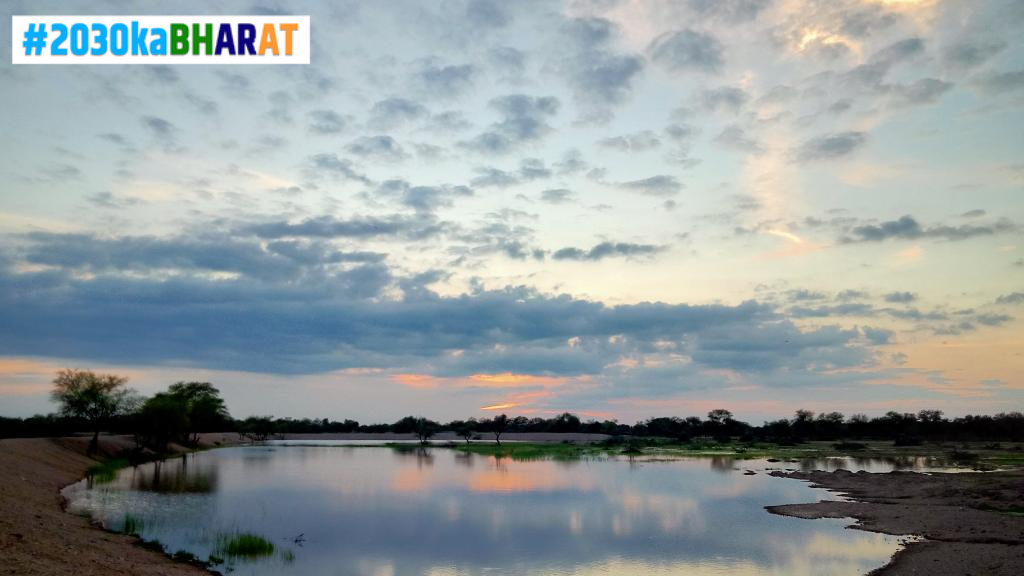
B. Economic Implications of Improved Clean Water and Sanitation
- Case Study: Water and Development Alliance in Tamil Nadu
In Tamil Nadu, the Water and Development Alliance (WADA), a collaboration between USAID and The Coca-Cola Company, implemented water stewardship projects. The initiative not only improved water availability but also had profound economic implications. Farmers, through efficient water use and sustainable agricultural practices, experienced increased crop yields. This not only elevated the economic status of farmers but also contributed to the overall economic development of the region. The success of WADA underscores the potential of water stewardship in enhancing both water sustainability and economic growth.
Resources: Water and Development Alliance
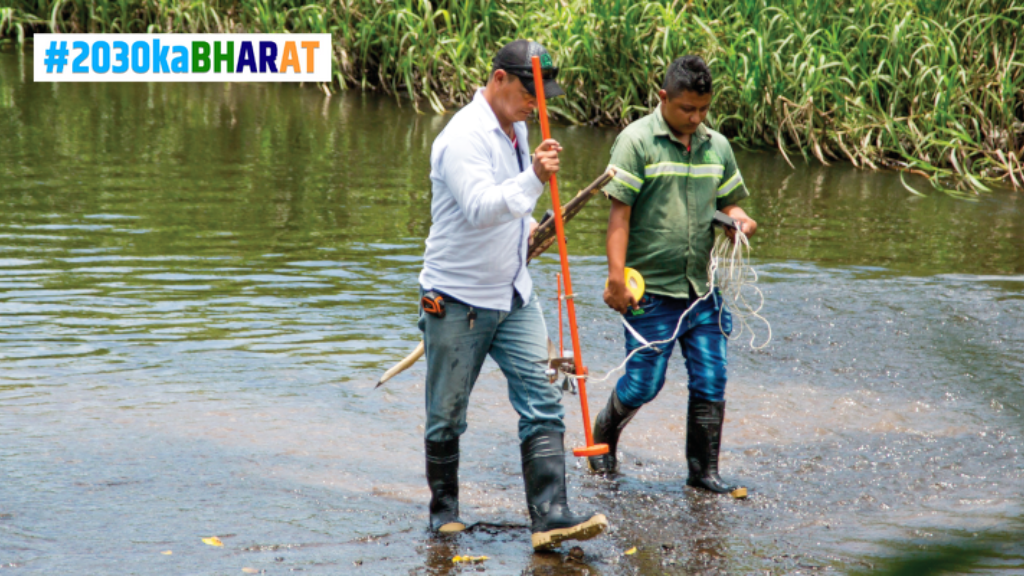
C. Case Studies or Success Stories from Different Regions in India
- Case Study: Palghar District, Maharashtra – Community-Led Water Conservation
In Palghar district, Maharashtra, the Gram Panchayat initiated community-led water conservation projects. Recognizing the importance of involving local communities, the Panchayat organized water literacy programs and training sessions. The community actively participated in building check dams, reviving traditional water bodies, and implementing rainwater harvesting. The success of this initiative not only replenished groundwater levels but also improved the overall water quality. The sustainable water practices in Palghar serve as a model for decentralized, community-driven water management.
Resource: community-led water conservation projects
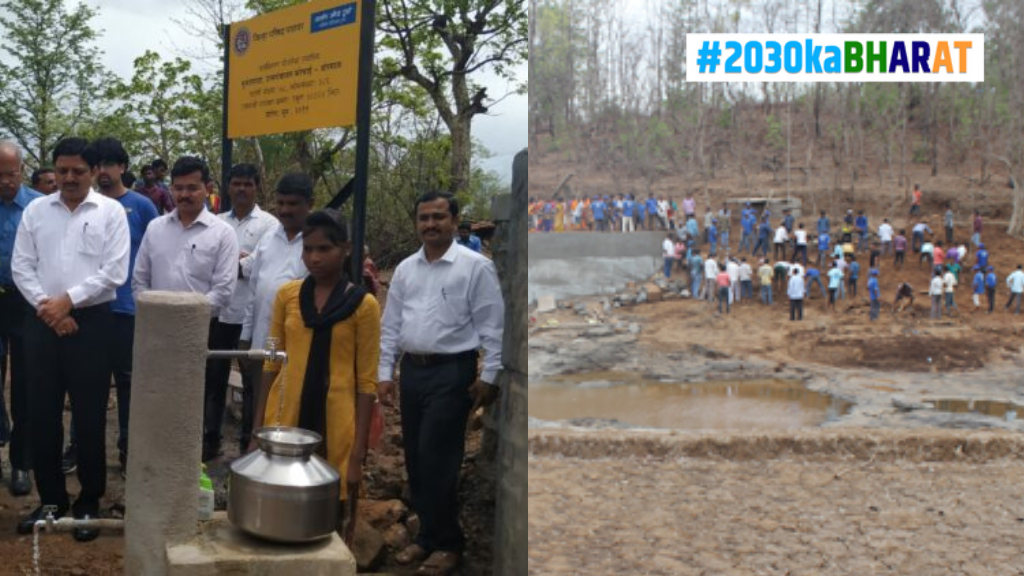
VII. Community Involvement and Behavioral Change
A. Importance of Community Participation
- Case Study: Watershed Development in Madhya Pradesh
In Madhya Pradesh, a watershed development project demonstrated the significance of community participation. Implemented by the Watershed Organization Trust (WOTR), the project involved local communities in planning and executing watershed management strategies. The initiative not only restored degraded land but also empowered communities to manage water resources sustainably. The active involvement of villagers in decision-making processes fostered a sense of ownership, leading to long-term commitment and success in water conservation efforts.
B. Addressing Cultural and Social Norms
- Case Study: Water.org’s Women-Led Water Credit Program in Bihar
Water.org’s innovative approach in Bihar addresses cultural norms surrounding women’s roles in water management. The organization introduced a Women-Led Water Credit Program, empowering women to take the lead in accessing affordable loans for water and sanitation solutions. This initiative challenges traditional gender roles, promotes financial inclusion, and enhances women’s decision-making power in matters related to water and sanitation.
Resources: Women-Led Water Credit Program

C. Education and Awareness Programs
- Case Study: “Jal Shakti Abhiyan” – Fostering Water Literacy in Schools
In alignment with the “Jal Shakti Abhiyan,” several states in India have implemented water literacy programs in schools. These programs aim to instill sustainable water practices from an early age. By integrating water education into the curriculum, students not only learn the importance of water conservation but also become advocates for responsible water use within their communities. Such initiatives contribute to behavioral change and create a foundation for a water-conscious generation.
Resource: Jal Shakti Abhiyan

VIII. Global Partnerships and Collaborations
A. India’s Role in International Efforts
India actively participates in international water and sanitation forums. Collaborations with organizations like UNICEF and the World Bank facilitate knowledge exchange and resource mobilization.
B. Collaboration with NGOs and the Private Sector
Partnerships with NGOs like WaterAid and the private sector are crucial for leveraging resources and expertise. Corporate Social Responsibility initiatives contribute to sustainable water and sanitation projects.
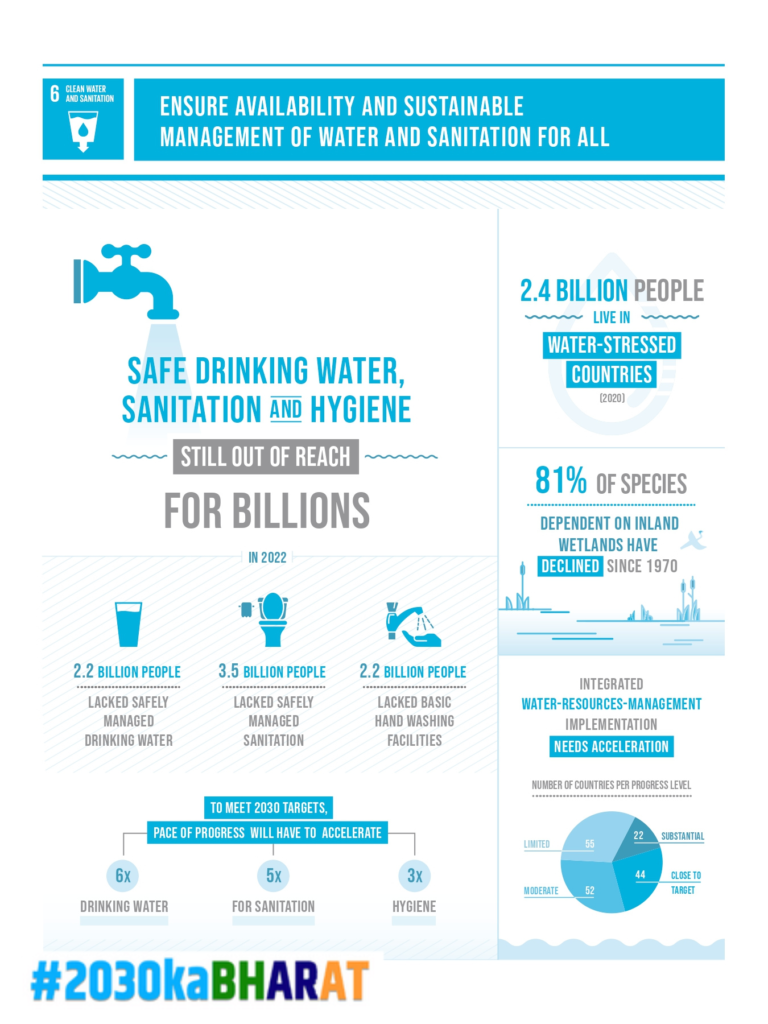
IX. Future Prospects and Recommendations
A. Ongoing and Upcoming Initiatives
- Case Study: Atal Bhujal Yojana – Groundwater Management in Gujarat
The Atal Bhujal Yojana, launched in Gujarat, focuses on sustainable groundwater management. By promoting community participation and utilizing technology for real-time monitoring, the initiative addresses the challenges of depleting groundwater levels. Preliminary results show positive impacts on water availability and underline the importance of localized, community-led approaches in addressing water scarcity.
B. Policy Recommendations
- Case Study: Composite Water Management Index (CWMI) – Guiding Policy Decisions
The Composite Water Management Index (CWMI) by NITI Aayog serves as a crucial tool for guiding policy decisions. States like Karnataka, which have effectively used the index to identify water management gaps, have witnessed targeted policy interventions. The CWMI underscores the importance of data-driven policymaking in achieving sustainable water and sanitation goals.
C. Importance of Continued Monitoring and Evaluation
- Case Study: National Annual Rural Sanitation Survey (NARSS) – Assessing Progress
The National Annual Rural Sanitation Survey (NARSS) is instrumental in assessing the progress of sanitation initiatives. By providing real-time data on sanitation coverage and practices, NARSS enables policymakers to identify gaps and implement corrective measures. The continuous monitoring and evaluation facilitated by NARSS contribute to the adaptive management of sanitation programs.
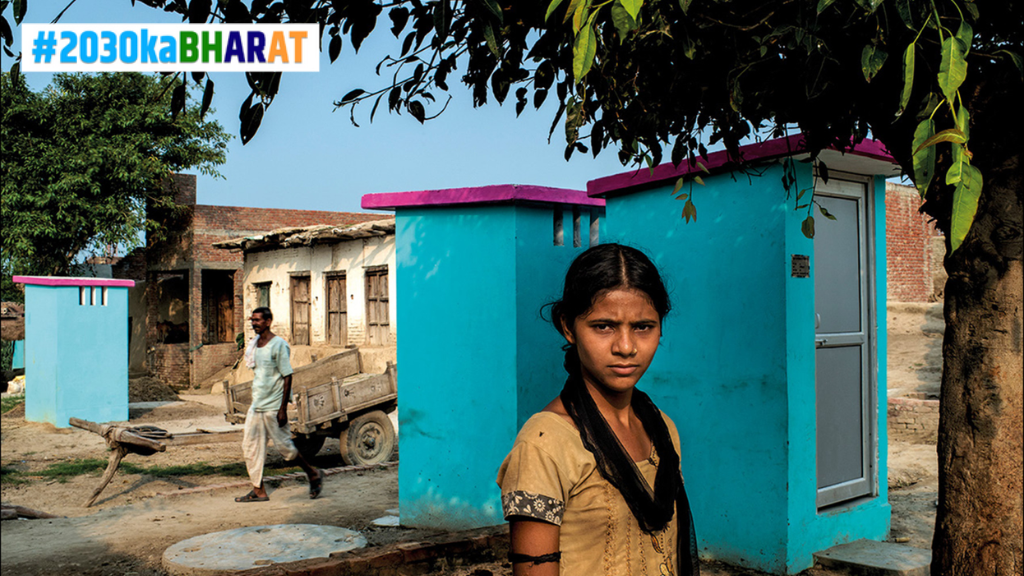
X. Conclusion
In conclusion, these case studies highlight the nuanced and multi-dimensional nature of successful water and sanitation initiatives in India. By addressing health, economic, cultural, and educational aspects, these initiatives showcase the transformative power of sustainable water management. As India progresses towards achieving SDG 6 Clean water and sanitization, these case studies provide valuable insights and lessons that can guide future interventions and contribute to a water-secure and sustainable future for all. achieving SDG 6 in India requires a holistic approach, integrating community participation, technological innovation, and policy reforms. The challenges are immense, but with concerted efforts and collaborative partnerships, India can pave the way for sustainable water and sanitation management, contributing not only to SDG 6 (Clean water and sanitization) but also to broader socioeconomic development goals.
Resource: Composite Water Management Index
